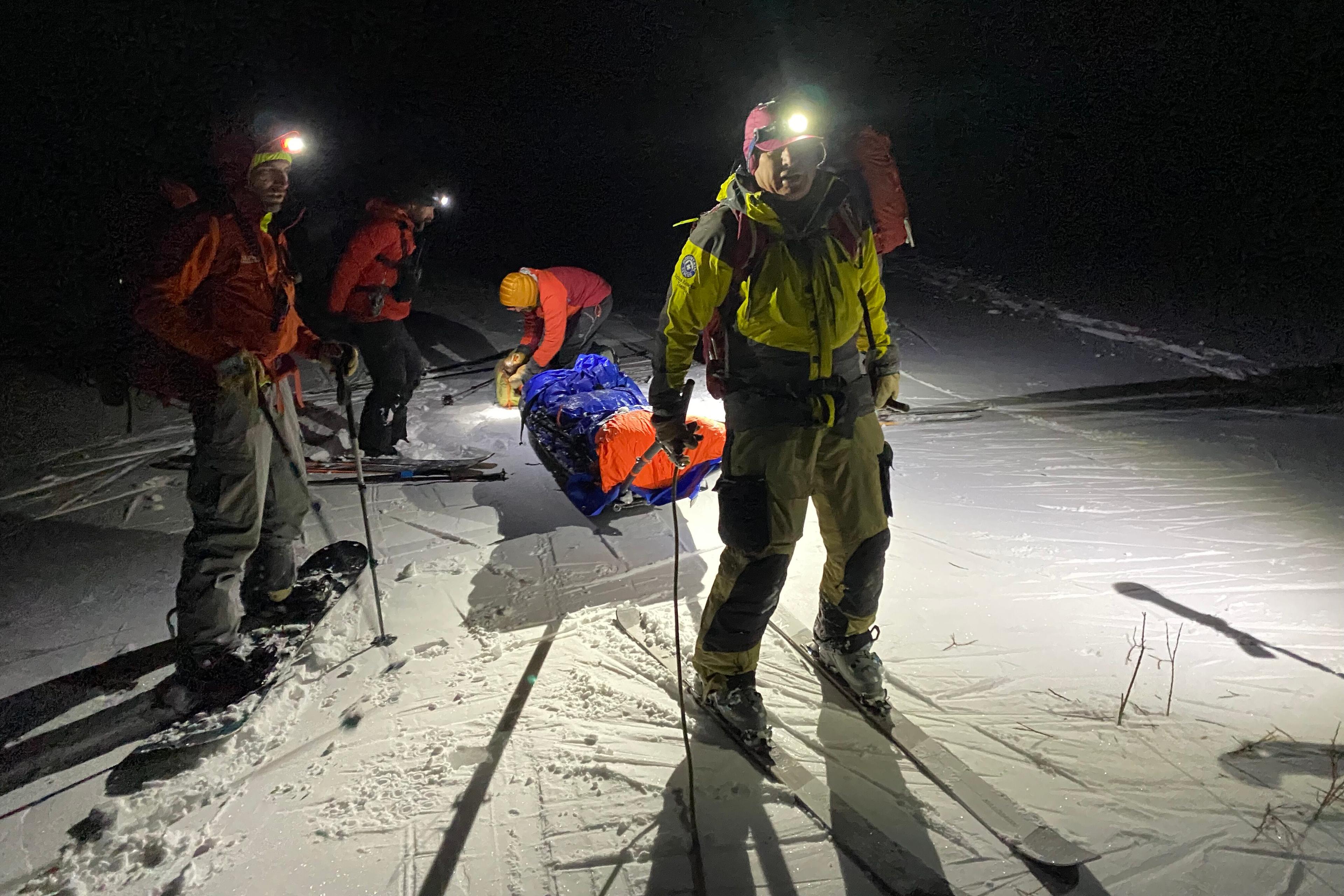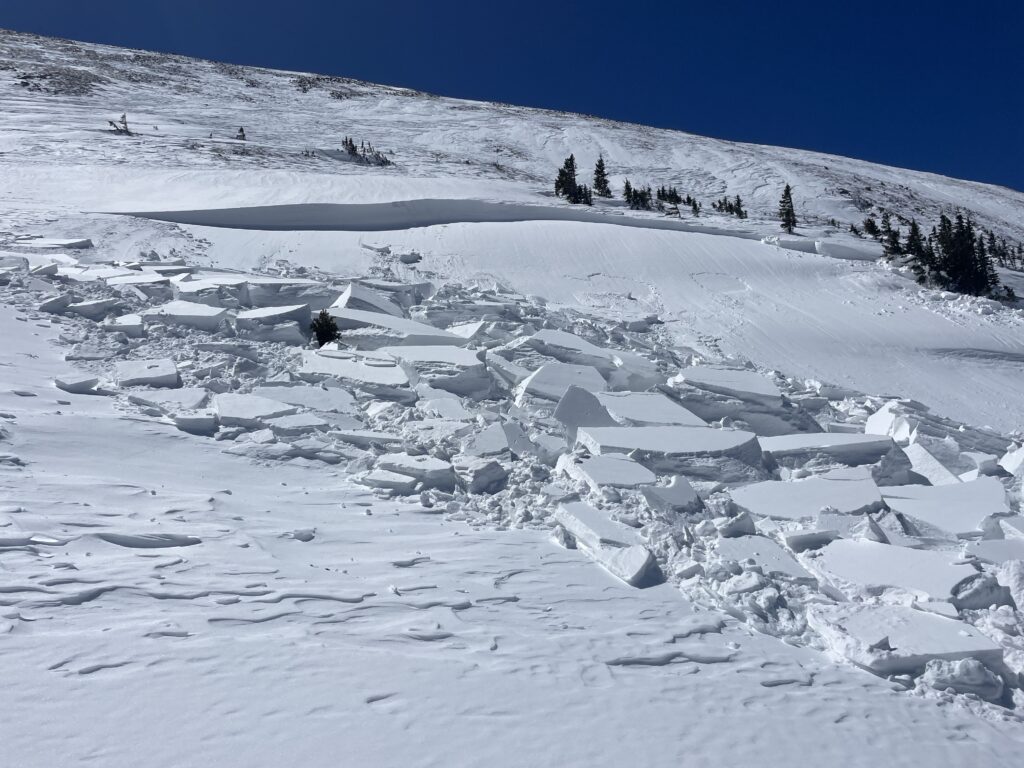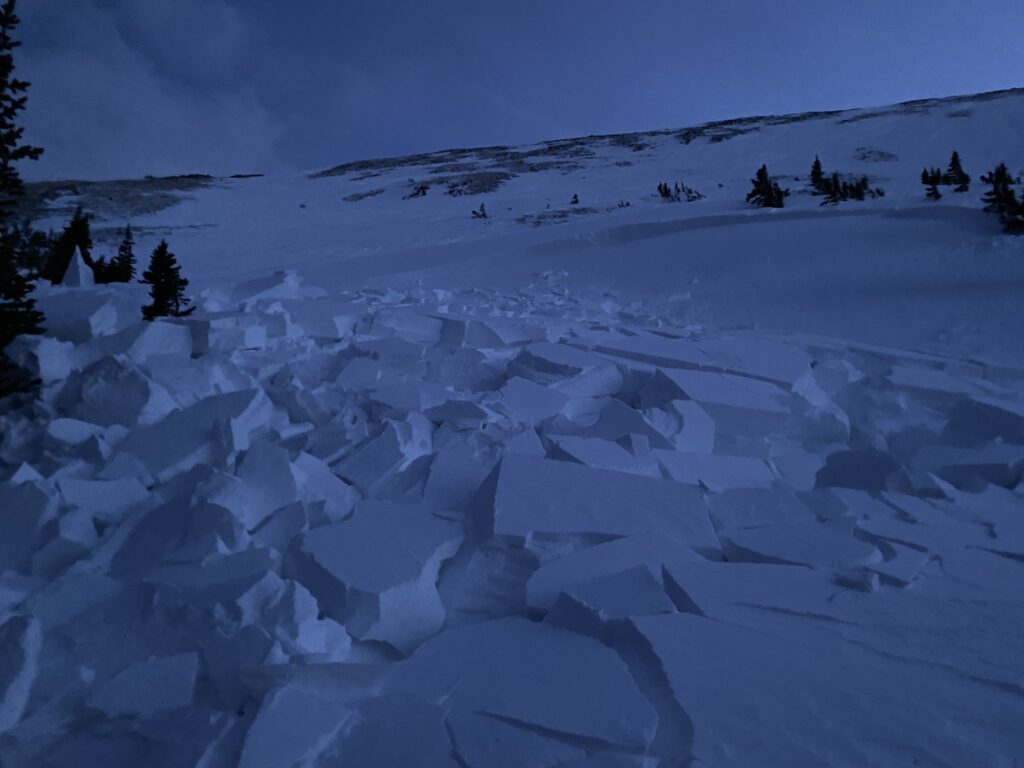
In its 51-year history, the state agency that studies avalanches never had to rescue one of its own employees from a slide — until this week.
On Monday, an unnamed forecaster with the Colorado Avalanche Information Center was investigating snow conditions near the Eisenhower tunnel when an avalanche several hundred feet wide broke and carried him away.
After he became lodged against a tree, buried up to his waist, he was able to slowly wiggle his arms free and reach his satellite communication device.
By the time he sent out his SOS, however, his coworkers were already en route. Because he’d missed a scheduled check-in time, the agency already knew something was wrong. It took five hours, but eventually, they dug him out with the help of a search-and-rescue team.
The forecaster escaped with only minor injuries and hypothermia.
Brian Lazar, the agency’s deputy director, said he feels “really fortunate” for the positive outcome.
“We work with a really strong crew, and so we had people on staff deployed into the field before search and rescue were able to get there,” he said. “And that just speaks to the efficiency of our field safety response.”
Lazar said it's also a reminder of how high the stakes are and “that even small mistakes in backcountry environments can lead to serious consequences."

What saved this forecaster’s life? The luck, to start, of only being partially buried in the slide. However, more importantly, the man had a crew of people who knew exactly where he was and when he should return.
A “field safety plan” is critical, Lazar said. That could be as simple as letting people know when you’re supposed to arrive back from a backcountry trip, so they know when they should alert authorities.
The man’s satellite device, sometimes called a personal locator beacon, was also crucial. Those gadgets allow people to communicate and transmit their location even miles away from cell coverage.
Lazar has seen devices successfully deployed in emergencies “numerous times” this winter.
“Of course, this last one involved a staff member, so that hits pretty close to home,” he said.

While spring and warmer temperatures are ramping up, Lazar stresses that dangerous avalanches can still occur, even this late in the season. That’s why paying close attention to avalanche conditions is so important, no matter how much safety training you have or how many backcountry trips you’ve taken.
As Lazar puts it: “People are not perfect.”
And every winter, an average of about half a dozen people die in Colorado avalanches.









